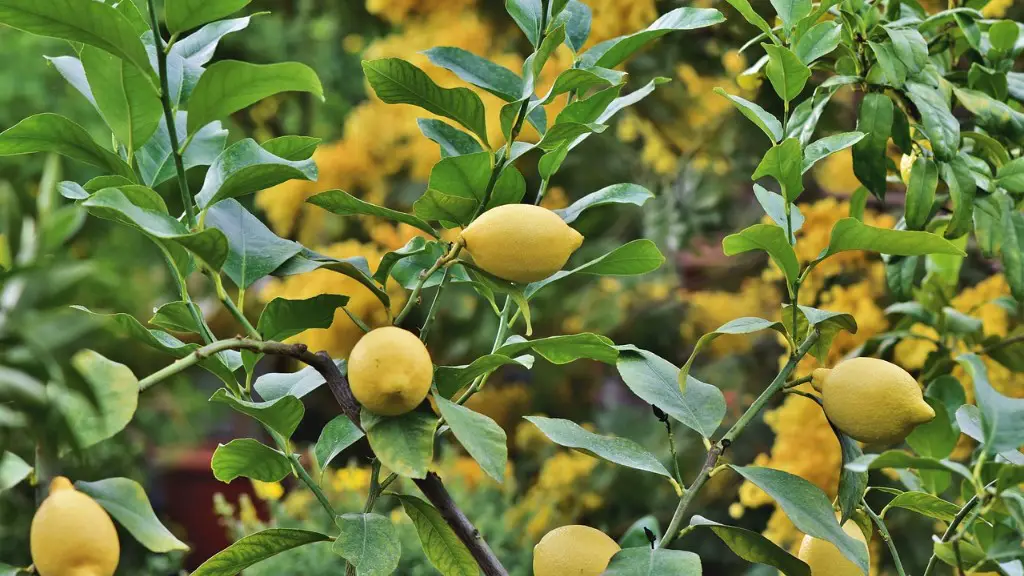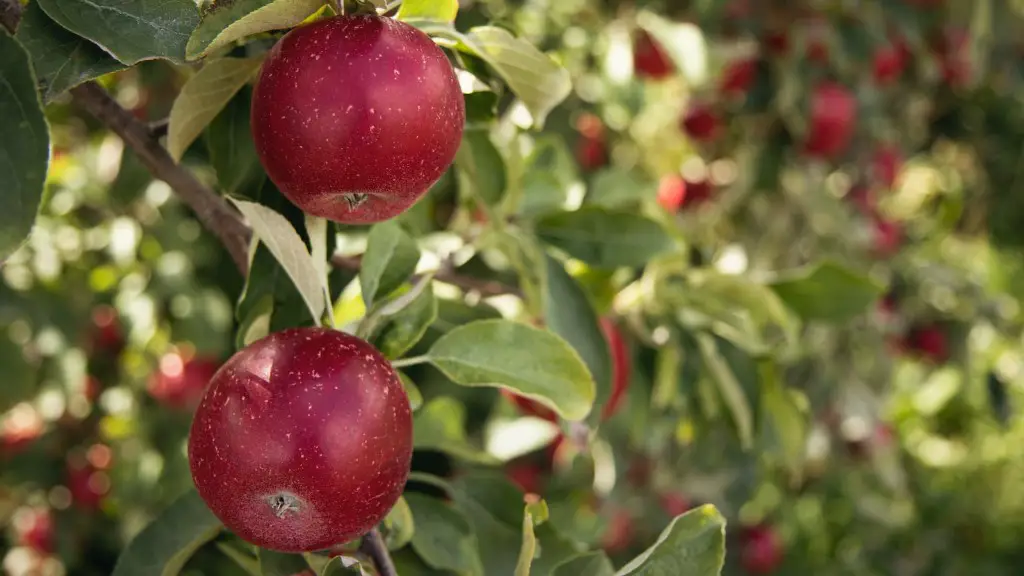Planting
Growing a sour cherry tree from a pit is an incredibly rewarding experience that many people choose to undertake each year. Before venturing into planting your pit, it is important to understand the basics of seed selection, soil requirements, weather conditions and of course, caring for your tree after planting. With proper knowledge and planning, anyone has the potential to create a thriving sour cherry tree and reap the rewards of its succulent fruits!
When selecting your seed, it is important to take into account its freshness. As with any other fruit tree, sour cherry trees need a fresh supply of seed in order to ensure germination and growth. Ideally, the pits should be dried for about two months before planting although this is not always necessary. If the seed is fresh, the best time of year to plant is between the months of October and April when the soil is cooler, but still warm enough for the seed to germinate.
When preparing the soil for planting, it is important to consider the conditions which the sour cherry tree needs in order to grow. The soil should be relatively moist and well oxygenated, as well as providing adequate levels of nutrients and minerals. The pH levels should fall within the range of 5.5-7.5, depending on the type of soil in the area. It is also important to identify the amount and type of sun exposure the tree will require, as this will determine the type of site you need to select. Once the site and soil have been determined, it is time to plant the pit.
The pit should be planted with the pointed end facing up and approximately half an inch below the ground. It is essential to ensure that the pit does not get planted too deep as this can inhibit the germination process. After planting the pit, it is important to water the soil to ensure that the seed receives adequate moisture to help germinate. As the seed germinates, it is important to ensure that the soil remains moist, but not overly saturated. Watering is best done in the evenings to allow the water to be absorbed by the soil as well as avoiding accidental over-watering.
Maintenance
Once the seed has germinated, the newly formed sour cherry tree will require regular maintenance to ensure its growth and health. It is important to ensure that the tree remains free of any weed growth and that the soil remains moist and well aerated. It is also important to fertilize the tree regularly, usually every two or three weeks, with a balanced fertilizer that is appropriate for the tree. Pruning is also essential to ensure proper growth and the removal of any dead or diseased branches. Generally, pruning should be done in early spring and late winter to prevent any unnecessary damage to the tree.
It is also important to note that pest and disease control are both incredibly important for the health of the tree. It is best to check the tree regularly for the presence of pests and disease and to treat accordingly with organic methods. Any pests which are present should be identified correctly and treated immediately, as failing to do so can result in the destruction of the tree. Additionally, it is important to research any preventative measures that can be taken to ensure that the tree remains healthy and in top condition.
Harvesting
Once the tree has been properly planted and maintained, it is time to wait for the fruits of your labor. Sour cherry trees generally take up to three to five years to fully mature and produce fruit, however it is important to note that this can vary depending on the location, soil type and other factors. Once the tree has fully matured, it should produce a large quantity of sour cherry fruit each year, which generally taste best when ripe and can be eaten fresh or used for other purposes such as baking or jam. The tree may also produce blossoms in the spring and colorful foliage in fall, adding to its overall beauty.
Once the fruits have ripened, it is important to keep a regular eye out for disease and pests, as they can quickly consume the majority of the fruits, leaving little behind. Additionally, it is important to be mindful not to over-harvest the tree, as this can prevent it from properly producing fruit the next year. Instead, aim to harvest only the fruit which is ripe, leaving plenty for the tree to reproduce the following season.
Legacy
Growing a sour cherry tree from a pit is a fantastic and rewarding experience that can be shared throughout generations. Not only are you able to enjoy the fruits of your labour and the beauty of your tree, but you can also pass on this knowledge and experience to those around you. You can even start your own legacy by gifting young sour cherry pits to friends and family and introducing them to the joys of growing their own fruit trees!
By investing a bit of time and effort into planting and caring for your pit, you can create a long lasting and fruitful tree that will provide plenty of sustenance for years to come. In addition, a sour cherry tree can provide a range of other benefits, from providing shade and attractiveness to a yard or garden, to creating a lovely atmosphere with its blossoms and foliage!
A Sour Cherry Tree Community
As the sour cherry tree community continues to grow, so too do the resources available to those interested in learning more about growing their own successful tree. By taking part in workshops, joining community forums and even subscribing to newsletters, you can gain valuable knowledge and insight into the world of sour cherry tree planting and maintenance as well as invaluable tips and advice from experts and other enthusiasts. Joining this community can also help you find sources for fresh pits, as well as trading and bartering with other local growers in order to build a diverse range of trees.
In addition to these resources, there are also numerous books and online guides available to those looking to learn more about the basics of sour cherry tree planting and maintenance. Internet searches can reveal a range of helpful resources, from practical advice to aesthetic tips and tricks, giving readers everything they need to know in order to create their own successful sour cherry tree from a pit.
Sell the Fruits
Once your tree is grown and producing plenty of succulent fruits, there is another avenue of opportunity available to you – selling the fruits. Of course, you can always enjoy the fruits of your labour yourself, but it can also be a great way of making a bit of extra money to cover the costs of your tree or re-invest in new trees. There are many outlets available to you, from local farmers markets to online stores and of course, the classic door-to-door approach! With a bit of hard work and dedication, the rewards of growing your own sour cherry tree can be both enjoyable and profitable.
Cooking with Sour Cherries
So, you’ve grown your tree and have plenty of savoury sour cherries to enjoy. But why stop there? There are countless opportunities to make the most out of this wonderful fruit. From delicious jams and ciders to liqueurs and desserts, there is no shortage of ways to indulge in the incredible flavours that the sour cherry tree can provide. For those looking to enjoy the fruits of their labour in a new and unique way, there are a wealth of recipes available to explore, allowing you to make the most of your tree and enjoy a new culinary experience!
Creating a Lasting Legacy
Growing a sour cherry tree from a pit is an incredibly rewarding experience that can benefit both you and those around you. The lush fruits that the tree can produce offer an array of culinary and financial opportunities, while the tree itself provides beauty and shadeperfect for any garden or outdoor area. With a bit of hard work and dedication, anyone can create their own lasting sour cherry tree legacy – one that will be enjoyed for generations to come.



